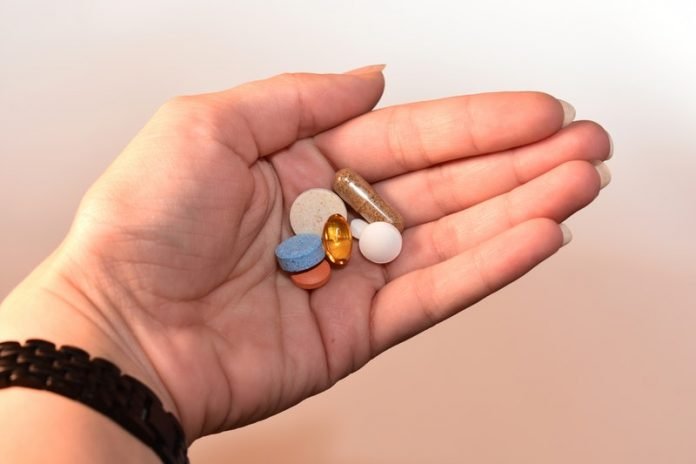
Long-term use of opioids for reducing pains may increase people’s risk of opioid addiction.
It has become a big burden for public health, and scientists and doctors are looking for effective ways to treat the condition.
Jonathan Morrow, M.D., Ph.D., an assistant professor of psychiatry and a certified addiction specialist with the University of Michigan Addiction Treatment Services (UMATS), provides useful information about treatments for opioid addiction.
According to him, doctors can prescribe medication to help reduce dependency on opioids over time.
There are three main drugs used to treat opioid addiction:
Naltrexone
This is a monthly injection usually prescribed by addiction specialists.
To use the drug, a patient must be opioid-free for at least 48 hours before starting naltrexone. In this way, he/she can avoid severe withdrawal symptoms.
Sometimes, patients may need to do inpatient detoxification for three to seven days before using the treatment.
Buprenorphine
This is an oral drug, taken daily as a film or tablet that dissolves under the tongue.
A patient needs to stay away from opioids at least 24 to 48 hours before starting the drug.
Methadone
This liquid drug is taken daily at a specialized methadone maintenance clinic. The drug is not available outside of that setting.
Because there is no need for detoxification, patients who are accepted at one of these clinics can start the treatment right away.
It is important to know that treating addiction with these medications is like treating diabetes with insulin.
People need to manage their condition every day. If they stop treating the addiction, it may come back.
Research has shown that relapse rates for opioid addiction are 90% within a year. But the relapse rates can drop to 40% to 50% with medication.
Copyright © 2019 Knowridge Science Report. All rights reserved.



